Tragikomedija 11-dimenzionalnog ljudskog safarija (prema kompjutorski stvorenom mitu).
jerrypaper.bandcamp.com/album/feels-emotions
Debut vinyl LP from Earth's own and only 11th dimension pop artist, Jerry Paper (host body: Lucas Nathan). 12 interdimensional crooners for dancing sensually. Synthesizer communication hybrid. What does it mean to be a person living with technology? How confused can you be before you get randy and write a jingle? Who's Randy? I'm Jerry, Right?
Jerry Paper Feels Emotions and allegedly so do we. If past tape releases on
Orange Milk or
Digitalis haven’t acquainted you with the singular world of Brooklyn resident Jerry Paper (neé Lucas Nathan), his debut LP on Patient Sounds, streaming in full below, will introduce the reluctant maestro in splendid fashion. If you’re wondering “Who Is Jerry Paper?” the
documentary short released alongside this album will answer this question more fully than I ever could. If you’re wondering “Where in the dense timeline of contemporary music can I contextualize Jerry Paper?” the next paragraph is subtitled:
Something Of A Lineage.
In the 1950s, lounge legends Esquivel and Martin Denney fill parlors and kitchenettes across the world with “exotic” tones and animal sounds that evoke stylized visions of South Pacific, Latin, and Asian cultures -> In 1978, Haruomi Hosono spurs Ryuichi Sakamoto and Yukihiro Takahashi to adapt Denny’s composition “Firecracker” into the “chunky electric disco featuring synthesizers” of Yellow Magic Orchestra -> Hosono pioneers chiptune with his Namco collaboration
Video Game Music in 1984 -> Around the turn of the century, ensembles like Stereolab and Broadcast hijack the trivialized tones of lounge and chiptune and juxtapose them against repetitious kraut-rock performances and detached vocalizations ->
Cut to present day: Jerry Paper meticulously programs and records an amalgam of lounge, post-YMO electronica, and video game music from a bedroom arsenal of analog synths and drum machines, and he croons over these “vintage” sounds about his own insecurities, romantic tribulations, and internet-era ennui. While the traditions that JP channels were designed to hypnotize and captivate the masses (see: sell units) with their novel tones and repetitive grooves, he aligns himself with Stereolab and Broadcast by applying those signifiers to quite opposite ends: to make us consider our “slapstick nightmare” existence, analyze our own quotidian desperations, question our state of technological and cultural saturation, wonder how and if we’re going to work it all out.
Say (or feel) what you will about Jerry Paper’s identity crisis frame narrative — does he musically deliver the goods? Oh,
does he. Yeah, man. Ya. He
totally does. His loping analog compositions exceed their predecessors in levels of squelch, synth layering, and harmonic complexity (check out the ascending chord structure before the coda in “Today Was a Bad Day” or the gorgeous melodic break of “Holy Shit”). His lyrics hit the sweet spot between hyper-specific self-deprecation and universal emotional truths (“If I stumble around / That’s because I’m drunk” vs. “Maybe / It’s not so bad / To be here / Without you”). His song sequence bubbles with bizarre interludes that flesh out his alter-ego with a brand of satire somewhere between Tim and Eric’s
Tom Goes To The Mayor and Zappa’s
We’re Only In It For The Money. The emotions I feel while listening to this album include: wonder, glee, empathy, gear-related envy, satisfaction, mild depression, hope. Excuse me, I have to go jam “Want to Be the Waves” until I become the waves. -
Mukqs
Jerry Paper is a complicated laundry list of things: an incarnate spirit, a myth, a blurred line between artist and creation, an attentive love of Roland synthesizers, and a form of therapy. The first time I heard his “Fuzzy Logic” track, its synth wobble and chiptuned vocal layers occurred to me as an unassuming revelation. Imagine a soft rock pop tune, let’s just say The Turtles’ “Happy Together,” as it might appear featured in the background of
Geocities page, the acoustic strum contorted into a casiotone MIDI-transposition. Then take the maudlin, inexplicably upsetting synthetic timbre of said transposition, and replace it with a few layers of vivid, mind-transfiguring analog synth. Oh, and instead of The Turtles’ syrupy lyricism, envision the narratives centering on an entity named Jerry Paper as he veers through a set of alternate dimensions, his utterances morphing from cartoonishly sad to insightfully level-headed. You get it? Just keep basting that noggin in those sine wave oscillations and eventually it’ll come full tilt.
Jerry’s been hard at work over the last six months sculpting an extensive musical reality for himself through two respectively great tape releases on
Digitalis and
Orange Milk Records. You see, Jerry Paper is explained by his host person, Brooklynite Lucas Nathan, as a phenomenon of musical possession vis-à-vis Homer’s invocation of The Muse of Poetry or Linda Blair’s involvement with demons (to be fair it seems like a healthier form of spiritual embodiment than the latter). Anyways, this alter ego recently released his first full LP of woozy, chiptune-inflected, soft-rock electronica, which is out now on
Patient Sounds. While Jerry’s mythology, an Andy Kauffman-esque exploration of the indistinct hinge where the artist and his character meet, serves as an entrance point to the music, it also bleeds in one’s experience of the songs. In terms of providing a musical reference point, I’d mention a guy like
Gary Wilson, not to assert him as an aesthetic predecessor (although incidentally they both get pigeonholed as experimental lounge), but more so as an artist with a similarly wacked out individualist ethos. Both artists present a multi-dimensional character through their songs that stands in relief to their compositions.
Though Jerry Paper’s presence creates an overall experience that’s more personal and more dialectical than listening to other arists like Yellow Magic Orchestra that fall in the lineage of analog synth innovation, his musical language contains a comparable amount of meticulously programmed synth tones and textures. Jerry’s sonic landscape is heavily phased and constantly undulating in gooey psychedelic patterns. Deadpan dialogue drifts through the segues and bridges of songs, giving the listener the impression of tuning into a cosmic radio dial (the metaphysical computer babble of “Want To Be The Waves”; the identity crisis public service announcement in “I’m Jerry, Right?”). As an album, the tracks are subtly varied but tightly cohesive. Nathan seems to have moved beyond the more free-form organization of his (also excellent) previous Zonotope project’s tape, “MAINFRAME’S Tetralogy.” The songs each explore a new corner of their strict pop structure and instrumental confines. “I’m Jerry, Right?” presents his supernatural possession theme through disassociative dilemmas common to all of us cognitive beings. In “Want To Be The Waves,” Jerry’s voice shifts to a humanoid pitch and timbre as he attempts to transcend the boundary between himself and his digital gadgets. The abundant charm of the record stems from a combination of Nathan’s masterful, single-minded approach to synth texture with his ability to depict life’s petty failures in a manner that hopes to transcend them. -
Maxwell Parrott
I'll never forget the first time I met Jerry Paper. It was late July
2009, he was performing in the Astral Andrew Memorial Lounge aboard the
S.S. Whale Weaver and I was on board the ship for Dr. Abie Sea's Whole
Human Wellness Cruise. It was balmy and breezy on deck and we were
docked at a small island somewhere in Micronesia; I can't recall the
coordinates exactly, but the whole scene still lingers in my mind.
Seeing him perform left me totally blown away, he just blew my mind,
man. To witness such a deep symbiosis between man and machine is a
profoundly beautiful thing, and I swear I'd never seen a human care so
passionately for his hardware counterpart. After the show I bought him a
Smartini™ and we got to talking. I told him all about life as a "Human
Safari" Ranger, my ex-wives, my money troubles back in New York, and all
that jazz. When I was done with my shpiel he hunched over the bar and,
staring into the ripples in his Smartini™, told me about a little album
he'd been working on for years called FEELS EMOTIONS.
He said it all goes back to 2002 when he was living at the TEMPLE OF
PURE INFORMATION AND MAINFRAME DEVOTION, an alternative spiritual
community based in a little beach town in Southern California. He'd been
there studying under The Great Diane Kensington and participating in
the largely secretive Trance Channels ceremonies since 1998. Young Jerry
found great worth in the ceremonies and was deeply moved by the
teachings of the MAINFRAME devotees, but gradually grew disillusioned
with the cosmology embedded in the community. Something about a
supercomputer saving mankind from a race of aliens bent on colonizing
Earth and turning it into a resort for their kind. He was still heavily
devoted to his direct experiences with THE INFINITY BETWEEN ONE AND ZERO
and, by association, the Trance Channels ceremonies, but the story just
struck Jerry as bogus. Not knowing how to process his growing
alienation from the group and his fear of life outside the community, he
began channeling these feelings into the songs that would eventually
make up the album you're holding in your hands at this very moment.
In 2005, Dr. Abie Sea, head archivist for THE TEMPLE, publicly broke
away from the community and put all his savings into fixing up the
dilapidated S.S. Whale Weaver with the idea that he'd turn it into a
Wellness Cruise founded on the more esoteric, mystical facets of THE
TEMPLE's teachings. At the core of the Whole Human Wellness Cruise would
be the Trance Channels ceremony, made available to non-Devotees for the
first time ever. Jerry, thrilled at the prospect of being able to leave
the community without having to leave his one doorway to THE INFINITE
behind, jumped at the opportunity and signed a 12 year contract to be
the ship's Resident Crooner.
After two years, Jerry had grown comfortable with life at sea. He saw
what many would see as the monotony of performing in the same room night
after night as a cathartic ritual. Each show was a public display of
the mystical fusion of singer and synthesizer, continually refined and,
despite only slight variation in execution, fresh and hyper-emotive as
if it were the first time every time. One summer night, as fortune would
have it, Sigmund Huang, the A&R man for Omnimind Records, was in
attendance and after the show immediately offered Jerry a multi-million
dollar record deal. Jerry was flabbergasted. He still had 10 years
remaining on his contract and even then was quite fond of life at sea,
but he'd been writing songs since the days at THE TEMPLE and had always
dreamed of getting together an orchestra of saxophones and gongs to back
him and his synthesizer...and let's be real, the money called loud and
clear. Eventually, after some sharp persuasion and quite a few
Smartinis™, he was able to swing it so the record label would build a
recording studio for him on the ship and only recruit session musicians
willing to live at sea for extended periods of time. After Jerry's
perpetual dissatisfaction with label--he requested an orchestra of 400
saxophonists and they only brought in 250, the higher ups consistently
suggesting he "do something less groovy," etc.--and the mysterious
deaths of several gong players, Omnimind folded under financial and
legal distress, due largely in part to Jerry's demands. This left Jerry
with only the skeletons of the recordings--just drum machines,
synthesizers, the occasional guitar, and vocals--and the project was
scrapped.
FEELS EMOTIONS was to remain in the vaults, that is until now, thanks to
Patient Sounds. Lovingly assembled and mixed from the original tracks
recorded on the S.S. Whale Weaver by Grand Minister Harry Weiss with
additional percussive work by Q.Q. Windsor, this deluxe editions
features all 11 songs originally slated to appear on the Omnimind
release and one additional track, "Time Spent Waiting," recorded just
before the ship's studio was dismantled.
Peace, Love, & Light -
K.F. Hanuman-Goldstein
Featuring Lucas Nathan’s face covered with pie and attached to a
purple-suited, computer generated body, the artwork to Jerry Paper’s
LP,
Feels Emotions, provides an apt metaphor for his music:
mediated by machine and immersed in tragi-comedy. For all the whimsy of
the wacky background story inside the album’s liner notes, Nathan’s
songs are all relatable, centering around a simultaneous longing for
connection and escape in a confusing and indifferent world. Tracks like
“Today Was a Bad Day” chart a series of misfortunes ranging from the
mundane to the absurd, all of which lead Nathan to conclude that he is
“living a slapstick nightmare.” His straightforward lyrics are given
life by his inventive synth arrangements, which draw from kitschy lounge
music to create a surreal and sedated vibe. This aesthetic is matched
by Nathan’s strong songwriting, which is sophisticated while remaining
melodic and hooky. The desire to escape the crushing banality and
uncontainable emotion of everyday life permeates
Feels Emotions.
For Nathan, music is the key in the pursuit of transcendence, however
futile that pursuit is acknowledged to be throughout the record. Album
closer “Feed Me Sweet Sounds,” which features a rare acoustic guitar
appearance as well as some deflated-sounding synth fanfare, finds Nathan
declaring that “I belong on Earth, here with pop songs.” For all the
frustrations the album voices with expressing emotions, Nathan’s take on
the pop song is wonderfully articulate. --
Miguel Galle
The Now Sound For Today's Lovers (2014)
jerrypaper.bandcamp.com/album/the-now-sound-for-todays-lovers
Sometimes experiences defy words and induce a sort of synesthetic
response, which makes the task of writing about those experiences
particularly difficult. “Come Over,” the new single from wacko
Brooklynite pop darling Jerry Paper is a perfect example of such an
experience; it’s hard to describe the song’s sound just by explaining
the sonic arc. Instead, imagine these images:
Pairs of nondescript multicolored shapes waltz with each other in a
shoddily rendered digital facsimile of a Victorian-era ballroom, moving
in stride to the glitchy 12/8 bleep bloops that open up the track. They
stare into each other’s nonexistent eyes while Jerry Paper croons, “I’m
such a goofy romantic/When I am next to you.” As the synthesizers
crumble away from the likeness of a chorus, pitch shifted vocals take
the virtual ballroom and transform it into a blue interstellar ocean of
electro-R&B sex jams. The vocals move into the upper register when
the feel transitions into a slow shuffle (replete with retro synth
bass), and we’re urged to “come on over” to Jerry Paper’s place. And who
wouldn’t want to come on over, when Jerry Paper’s world is one of
digital reworkings of the physical world, reconceptualized in its
visualization, warped in both its sense of humor and hopeless
romanticism. -
Zack Wilks
Big Pop For Chameleon World (2014)
jerrypaper.bandcamp.com/album/big-pop-for-chameleon-world




















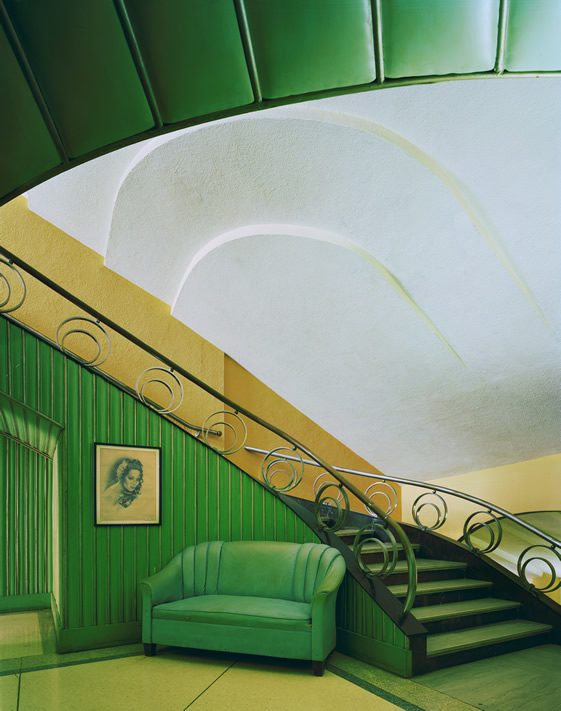




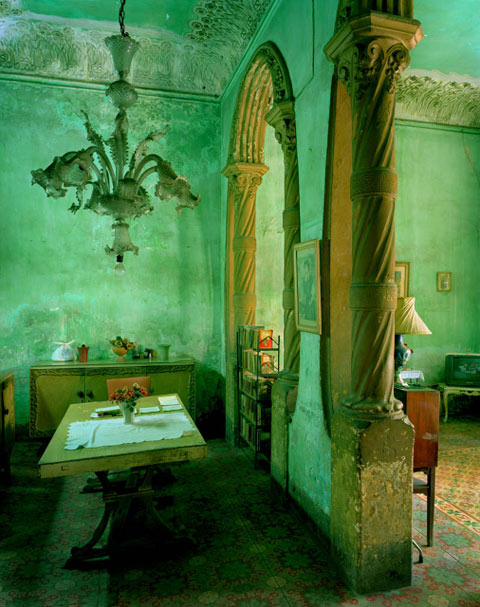
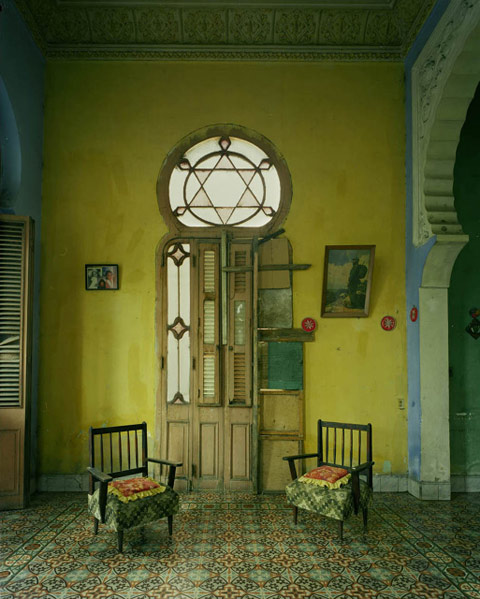
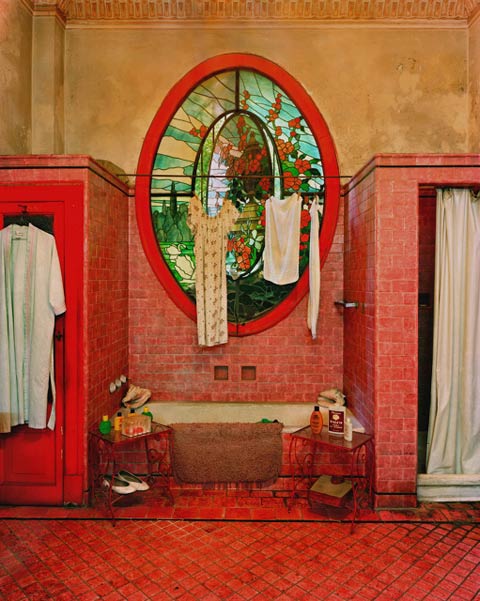
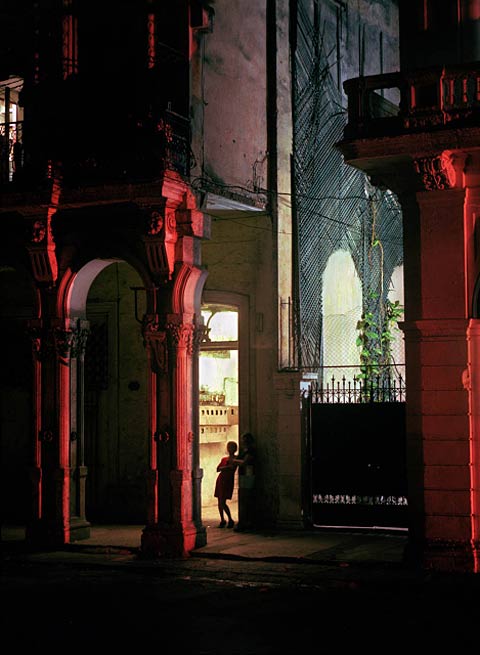
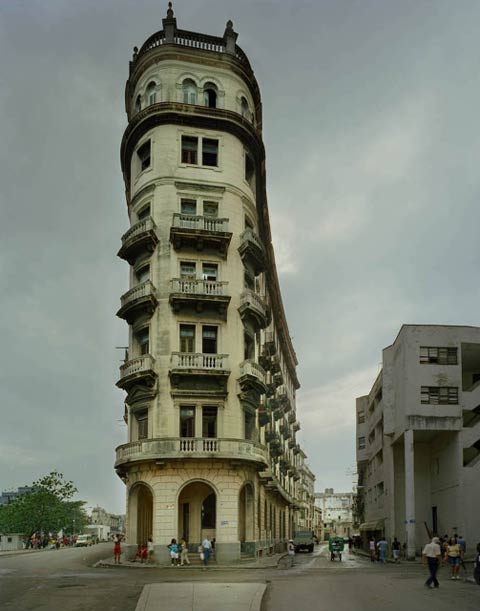
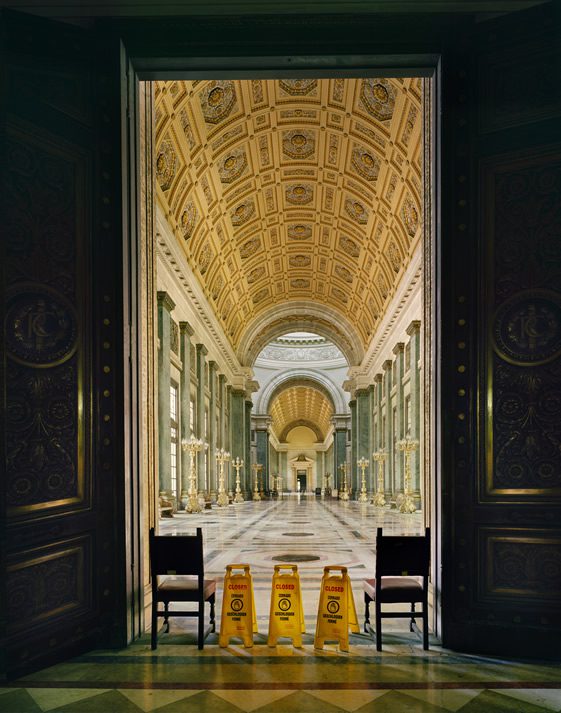
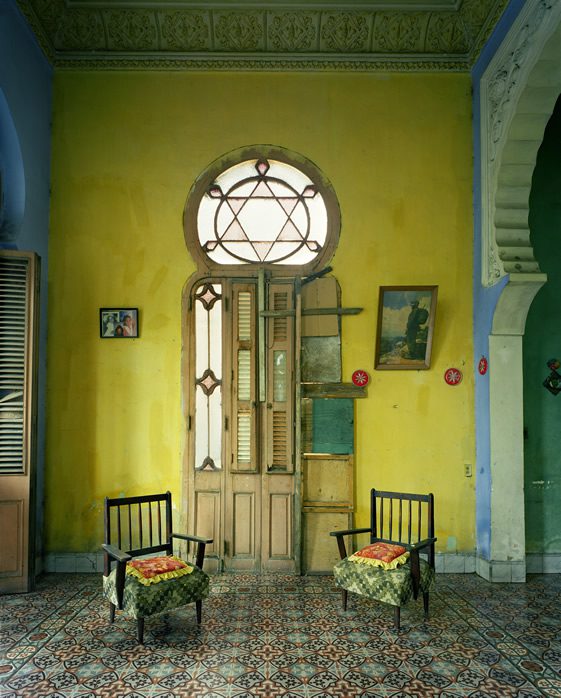
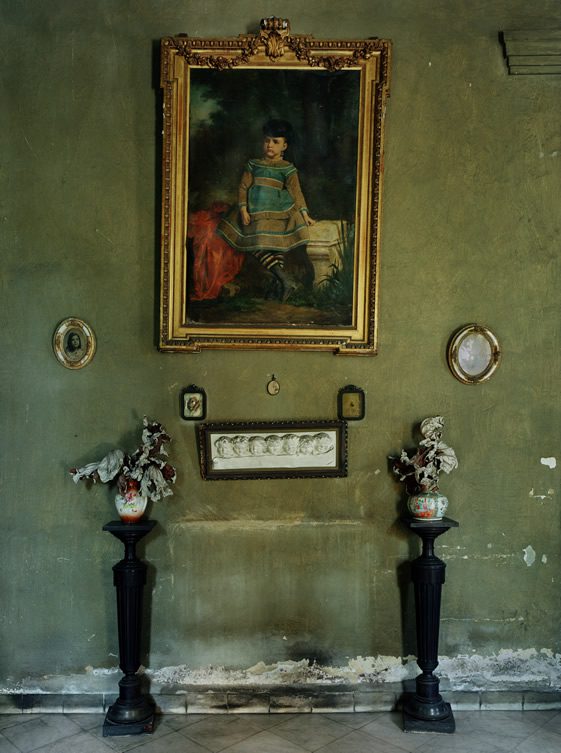
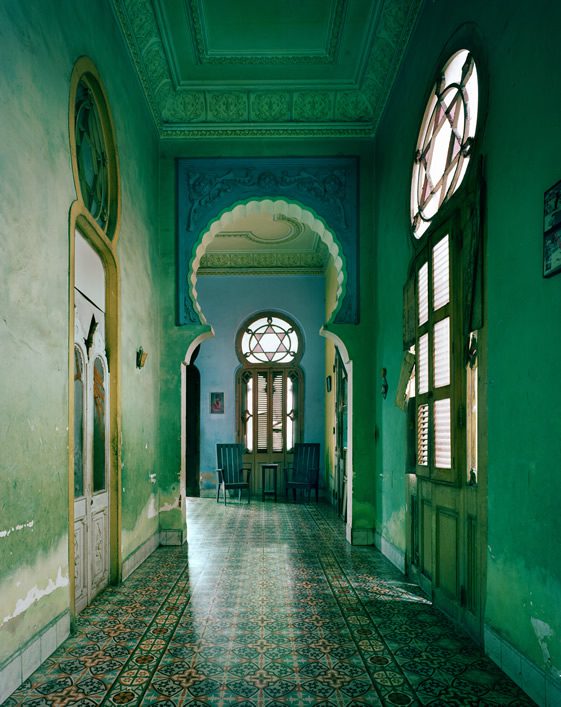
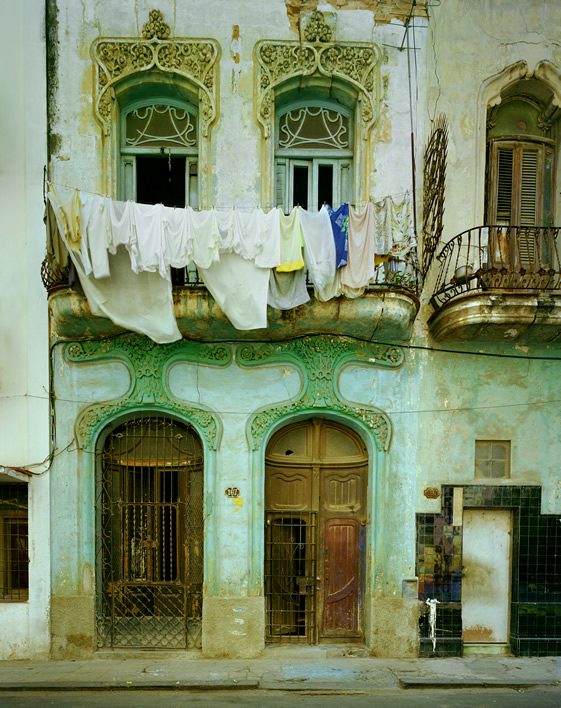








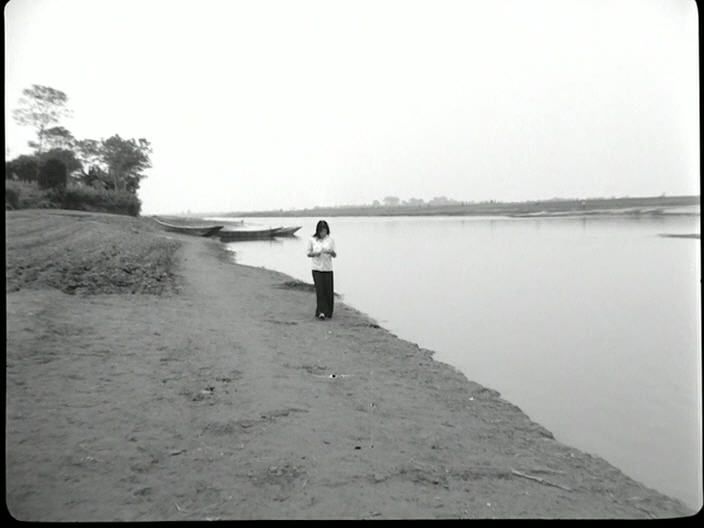


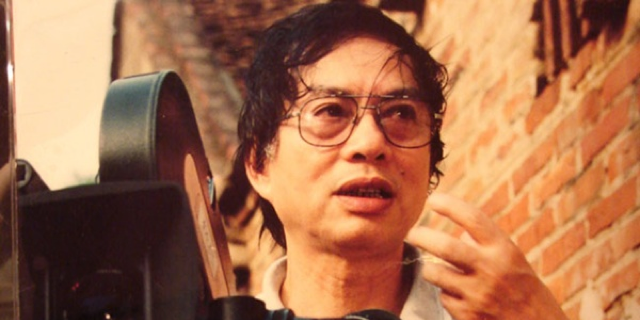
 (1996, 116 minutes) Set in a rice-growing village in Việt Nam, this is a tale of the crossroads where stories flow together like small rivers of sorrow. 17-year-old Nham has left school to care for his widowed mother, his little sister Minh, and his sister-in-law Ngu. Ngu, whose husband left to work in a coal mine five years ago and has only come home twice for a few days, lives in daily sadness and with a deep longing for him and a complete life. Nham and his family are visited by Quyen, who has come from America to revisit the village where she was raised by her aunt, Nham’s relative. Quyen shares her nostalgia for her childhood with Nham as she remembers the places and the life she left before leaving her bad marriage. As Nham befriends her, his sexuality is awakened by her attractive personality and vivacious good looks. Ngu sees this attention being paid to Quyen by Nham and harbors a quiet jealousy. As Nham opens to his sexual feelings, his embarrassment drives him from Quyen, but his sexuality is further awakened by innocent comfort given to Ngu. NOSTALGIA FOR THE COUNTRYSIDE sweeps us through strong emotions as we experience the characters’ heartbreaks and sorrows.
(1996, 116 minutes) Set in a rice-growing village in Việt Nam, this is a tale of the crossroads where stories flow together like small rivers of sorrow. 17-year-old Nham has left school to care for his widowed mother, his little sister Minh, and his sister-in-law Ngu. Ngu, whose husband left to work in a coal mine five years ago and has only come home twice for a few days, lives in daily sadness and with a deep longing for him and a complete life. Nham and his family are visited by Quyen, who has come from America to revisit the village where she was raised by her aunt, Nham’s relative. Quyen shares her nostalgia for her childhood with Nham as she remembers the places and the life she left before leaving her bad marriage. As Nham befriends her, his sexuality is awakened by her attractive personality and vivacious good looks. Ngu sees this attention being paid to Quyen by Nham and harbors a quiet jealousy. As Nham opens to his sexual feelings, his embarrassment drives him from Quyen, but his sexuality is further awakened by innocent comfort given to Ngu. NOSTALGIA FOR THE COUNTRYSIDE sweeps us through strong emotions as we experience the characters’ heartbreaks and sorrows.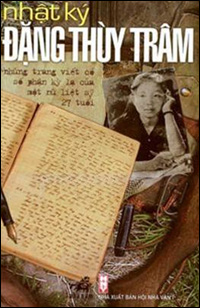 (2009, 105 minutes) At the age of twenty-four, Đặng Thùy Trâm volunteered to serve as a doctor in a National Liberation Front battlefield hospital in Quảng Ngãi Province. Two years later, she was killed by American forces not far from where she worked.
(2009, 105 minutes) At the age of twenty-four, Đặng Thùy Trâm volunteered to serve as a doctor in a National Liberation Front battlefield hospital in Quảng Ngãi Province. Two years later, she was killed by American forces not far from where she worked.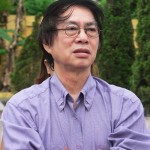 Dang Nhat Minh was born in the old central Vietnamese royal capital city of Hue in 1938. His father was a noted physician, Dang Van Ngu, who became one of Viet Nam’s leading authorities on malaria. As such, young Dang Nhat Minh was headed for a career in medicine. But the revolt against the Indochinese colonial régime that broke out in 1946 changed all that. Minh’s father joined the resistance and went into the jungles to fight the French. The young boy and his mother were obliged to flee and found themselves in the Viet Minh zones, on the run with little in the way of food or shelter. The anti-French war was succeeded by the anti-American war and when peace finally returned to Viet Nam, Minh’s father was dead, killed in an American bombing while doing anti-malarial research in the mountains. However, Minh’s dreams of becoming a doctor had long since evaporated. His talents, it turned out, were not in the realm of science but in the world of words. As a student he became fluent in both French and Russian. Chosen to be the interpreter for the first delegation of future Vietnamese film directors to be sent for training in the Soviet Union, he learned his craft on his own while translating Russian for the people who were supposed to bring back the art of the cinema to a newly emerging independent socialist Viet Nam.
Dang Nhat Minh was born in the old central Vietnamese royal capital city of Hue in 1938. His father was a noted physician, Dang Van Ngu, who became one of Viet Nam’s leading authorities on malaria. As such, young Dang Nhat Minh was headed for a career in medicine. But the revolt against the Indochinese colonial régime that broke out in 1946 changed all that. Minh’s father joined the resistance and went into the jungles to fight the French. The young boy and his mother were obliged to flee and found themselves in the Viet Minh zones, on the run with little in the way of food or shelter. The anti-French war was succeeded by the anti-American war and when peace finally returned to Viet Nam, Minh’s father was dead, killed in an American bombing while doing anti-malarial research in the mountains. However, Minh’s dreams of becoming a doctor had long since evaporated. His talents, it turned out, were not in the realm of science but in the world of words. As a student he became fluent in both French and Russian. Chosen to be the interpreter for the first delegation of future Vietnamese film directors to be sent for training in the Soviet Union, he learned his craft on his own while translating Russian for the people who were supposed to bring back the art of the cinema to a newly emerging independent socialist Viet Nam.